 Shutterstock
Shutterstock
Dogs are more than just loyal companions or furry snuggle buddies—they’re walking wonders packed with bizarre, brilliant, and downright entertaining abilities. These canine marvels can detect health issues, predict storms, and pick up on your emotional state with the accuracy of a seasoned therapist. Evolution, a touch of instinctual genius, and an impressive snack radar have made dogs lovable and mind-blowingly clever. Whether it’s their gravity-defying noses or their ability to hear a cheese wrapper from three rooms away, these fun facts prove dogs are endlessly fascinating.
Dogs Can Smell Fear—Literally
 Shutterstock
Shutterstock
Dogs possess up to 300 million olfactory receptors in their noses, compared to about six million in humans. This gives them the power to pick up on chemical changes in your body, like the sweat released when you’re scared or anxious. When your palms get clammy or your heart races, your dog notices, even if you’re pretending to be chill. It’s not magic—it’s just their super-sensitive snoot. So next time you’re faking bravery at the vet’s office, don’t bother; your dog already knows.
Dogs Can Detect Diseases
 Shutterstock
Shutterstock
Trained medical detection dogs can sniff out illnesses like cancer, diabetes, and COVID-19. Their noses are so advanced, they can pick up on the chemical signatures that sick cells release—even before humans start showing symptoms. Studies have shown that dogs can identify cancer with accuracy rates that rival modern diagnostic equipment. They’re basically the fuzzy, tail-wagging version of an MRI machine. And the best part? They do it for treats and belly rubs.
Dogs Understand Human Emotions
 Shutterstock
Shutterstock
Dogs don’t just react to your tone of voice—they understand your facial expressions, too. Research has shown that dogs can distinguish between happy, angry, and sad faces, even across different humans. Their emotional intelligence is so high, they often mirror their owner’s mood, offering comfort when you’re sad or going wild when you’re excited. It’s not just loyalty—it’s emotional intuition with a wagging tail. Basically, your dog is your live-in therapist who accepts payment in snacks.
Dogs Can Hear Sounds You Can’t
 Shutterstock
Shutterstock
Dogs hear at frequencies as high as 65,000 Hz, while humans top out around 20,000 Hz. That’s why they react to things like dog whistles, your neighbor’s lawn mower, or ghosts (probably) long before you do. Their ears are designed to move independently, helping them pinpoint exactly where a sound is coming from. They hear it all, whether it’s the jingle of your keys or the fridge opening three rooms away. And yes, they absolutely know when you’re unwrapping cheese.
Dogs Have Built-In GPS
 Shutterstock
Shutterstock
Certain breeds, especially scent hounds like Bloodhounds and Beagles, have an incredible sense of direction. There are numerous stories of dogs traveling miles to find their way back home, guided purely by scent trails and instinct. They can pick up on environmental cues most humans miss entirely, like subtle shifts in wind and smells. It’s common for lost dogs to retrace paths they’ve only walked once. So if your dog looks like they’re mapping the earth with their nose, they are.
Dogs Can Detect Changes in Weather
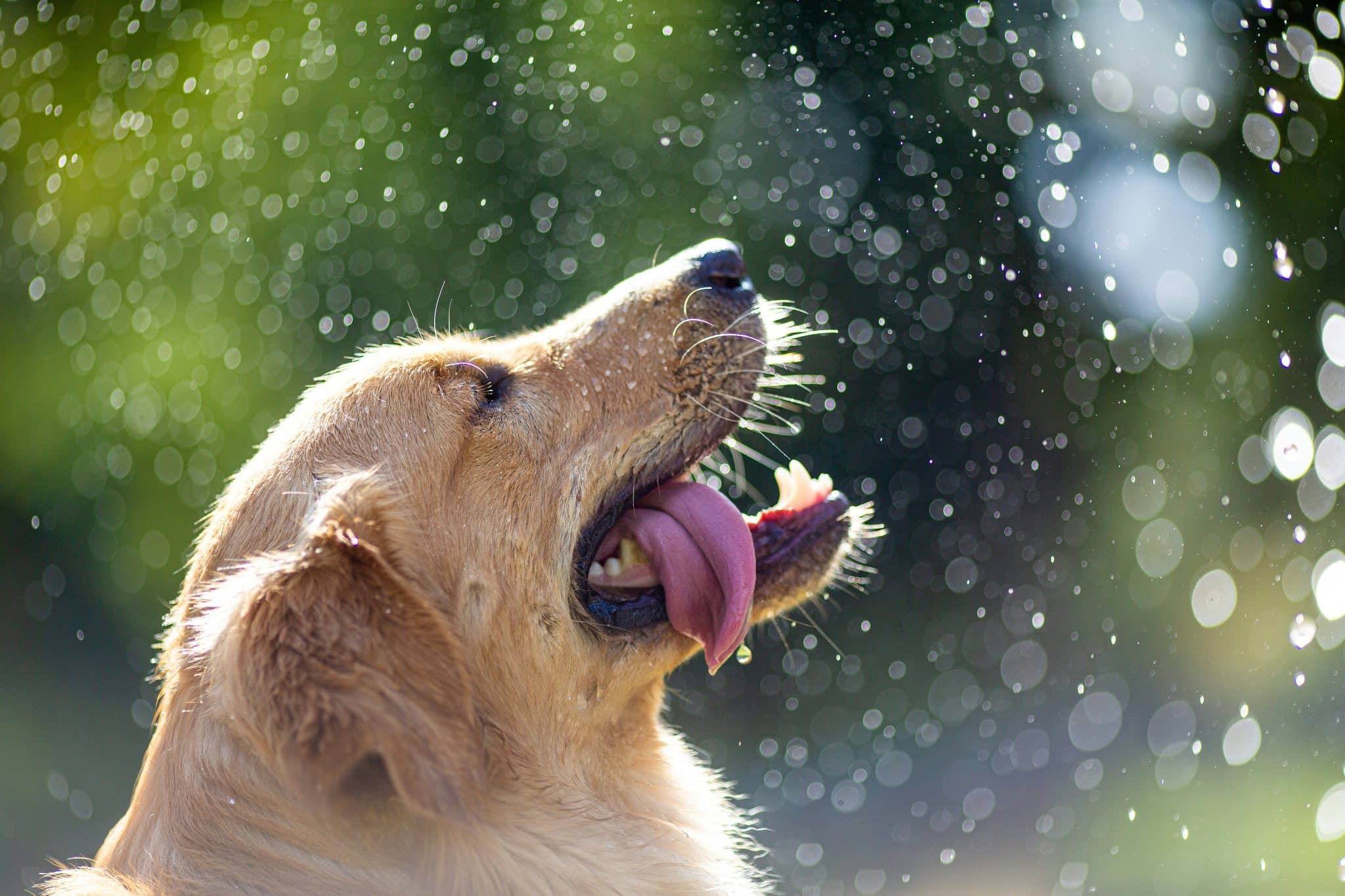 Shutterstock
Shutterstock
Long before the meteorologist says “chance of thunderstorms,” your dog may be hiding in the bathtub. Dogs can detect shifts in barometric pressure and smell rain in the air before it arrives. They may also hear distant thunder that hasn’t reached your human-level ears yet. This explains the sudden anxious behavior before a storm rolls in. Forget the weather app—check on your dog.
Dogs Use Their Whiskers Like Radar
 Shutterstock
Shutterstock
A dog’s whiskers aren’t just for show—they’re packed with nerves and can sense tiny changes in airflow. These super-sensitive tools help them navigate their environment, especially in the dark or tight spaces. Whiskers can alert them to nearby objects, even if they can’t see them, making them helpful for spatial awareness. Basically, their face is a built-in early warning system. And they don’t even need Wi-Fi to use it.
Dogs Can “Catch” Yawns from Humans
 Shutterstock
Shutterstock
Yawning is contagious—even between species. Studies show that dogs are more likely to yawn when their humans do, particularly if they feel emotionally bonded. It’s a sign of empathy and social connection, similar to how humans unconsciously mirror each other’s body language. So if your dog yawns right after you do, it’s not boredom—solitude. They’re tired of your Zoom meetings, too.
Dogs Are Left- or Right-Pawed
 Shutterstock
Shutterstock
Just like humans are left- or right-handed, dogs also have a dominant paw. You can determine which side they favor by observing which paw they use to shake, scratch, or step forward first. While this may seem like a small detail, it actually ties into brain hemisphere dominance, which can affect how they process tasks. Paw preference has even been linked to behavior and stress response. Left-pawed dogs might even be moodier—basically, the artsy ones.
Dogs Can See in the Dark
 Shutterstock
Shutterstock
Thanks to a special layer of cells in their eyes called the tapetum lucidum, dogs can see much better in low light than humans. This is the same structure that makes their eyes glow in the dark like tiny aliens. Their night vision helped their ancestors hunt during dusk and dawn, which still gives modern pups a leg up on midnight squirrel patrol. If you’ve ever wondered how they avoid tripping over furniture in the dark, it’s their built-in night-vision goggles. Meanwhile, you’re still fumbling for the light switch.
Dogs Can Learn Hundreds of Words
 Shutterstock
Shutterstock
Border Collies, Poodles, and other brainy breeds have been known to learn and understand over 200 human words and commands. Some have even learned to associate words with objects, recognizing names of their toys and bringing them on command. It’s not just repetition—it’s language comprehension. One Border Collie named Chaser famously knew over 1,000 words. Your dog might not be ready for Shakespeare, but don’t be surprised if they know the difference between “walk,” “vet,” and “treat” down to the syllable.
Dogs Can Smell Time
 Shutterstock
Shutterstock
Yes, you read that right—dogs can actually smell the passage of time. Scents change throughout the day, and dogs use their nose to detect those shifts, allowing them to anticipate daily routines. That’s why they always know when it’s time for a walk, dinner, or when your partner is about to pull into the driveway. It’s like they’re reading a scent-based clock. Who needs a smartwatch when you’ve got a dog with a nose-based calendar?
Dogs Can Swim Instinctively
 Shutterstock
Shutterstock
Many dogs are natural swimmers, and several breeds like the Labrador Retriever and the Portuguese Water Dog were literally born to dive in. They use a doggy paddle that comes to them without formal lessons, driven by instinct and often sheer excitement. Some dogs even develop their own freestyle techniques, complete with splashing flair. And while not all dogs love water, plenty will jump in faster than you can say “don’t drink the pool.” That built-in swim mode? Total power move.
Dogs Can Detect Pregnancy
 Shutterstock
Shutterstock
Dogs are so attuned to changes in human body chemistry that they can often sense when someone is pregnant, before the person even knows. Their noses pick up on hormonal shifts that occur early in pregnancy, and they may change their behavior as a result. Some dogs become more protective, affectionate, or clingy, while others may quietly follow the expectant human everywhere. They don’t need a pregnancy test—they have a sniffer stronger than science. They’re like fuzzy little OB-GYNs with paws.
Dogs Can Make You Healthier
 Shutterstock
Shutterstock
This one’s less about what dogs can do physically and more about their magical impact on humans. Studies show that having a dog can lower blood pressure, reduce anxiety, and boost your immune system. Petting a dog releases feel-good hormones like oxytocin and serotonin—nature’s saying “keep the pupper, you need this.” Walks become workouts, stress becomes snuggle fuel, and loneliness turns into laughter. They’re not just pets—they’re health supplements with fur and floppy ears.
They’re Basically Furry Superheroes with Wet Noses
 Shutterstock
Shutterstock
Dogs don’t just fetch sticks and dig holes—they’re walking, barking marvels of biology, behavior, and heart. From sniffing out cancer to sensing your emotional breakdown before you admit it, their abilities go way beyond what most of us give them credit for. They have better noses than detectives, sharper ears than gossip queens, and bigger hearts than most humanity. So the next time your dog looks at you like they know your secrets… they probably do. And they still love you anyway—especially if snacks are involved.

 1 month ago
17
1 month ago
17


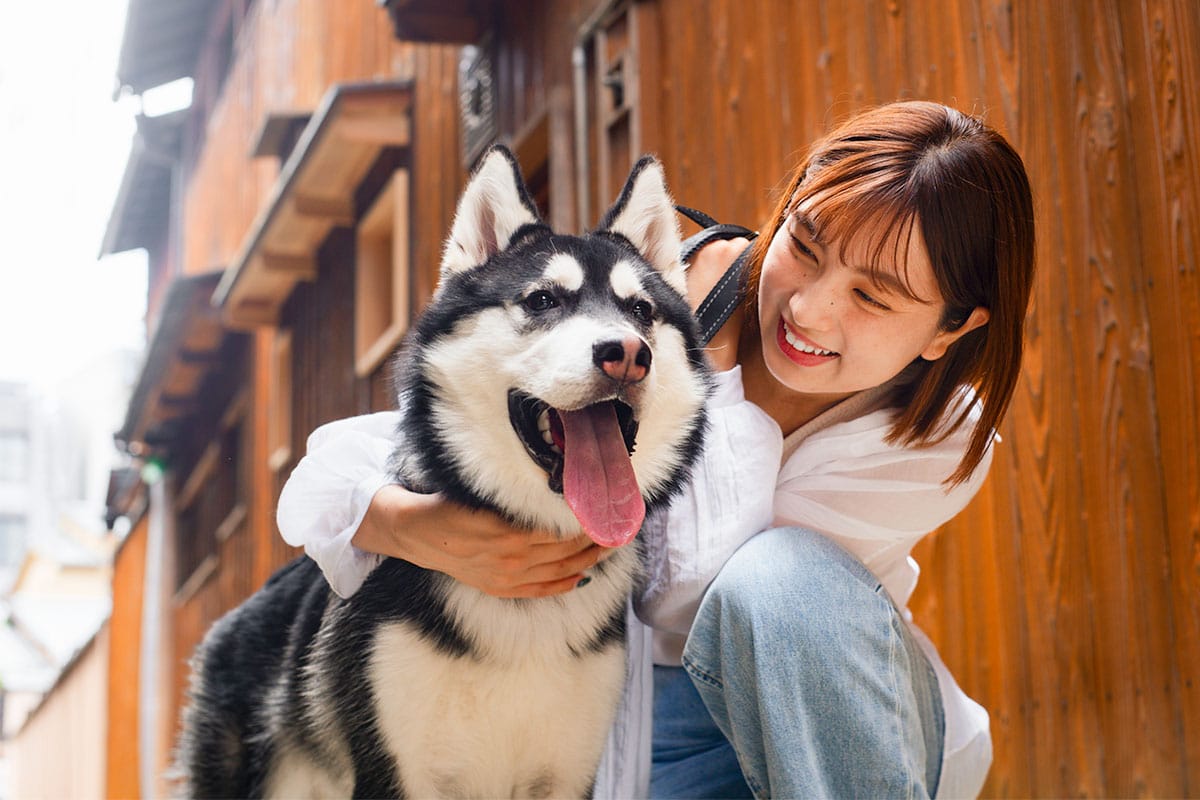
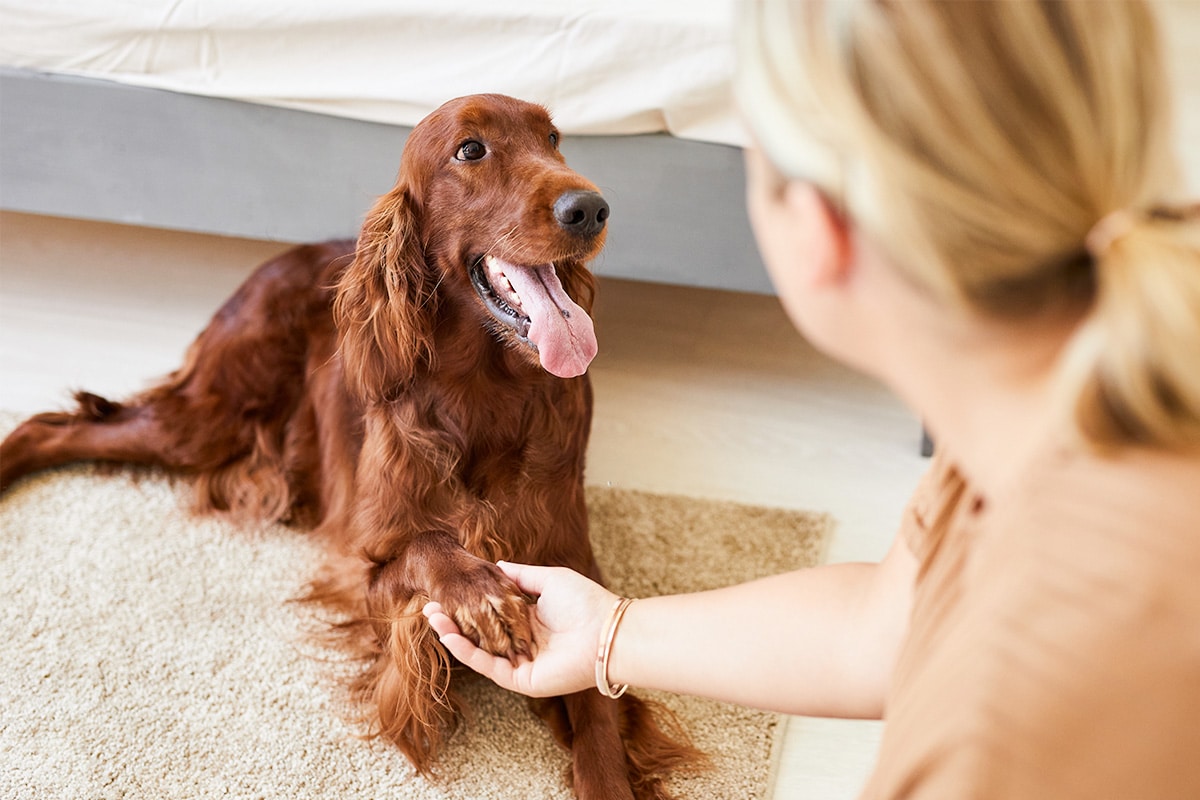
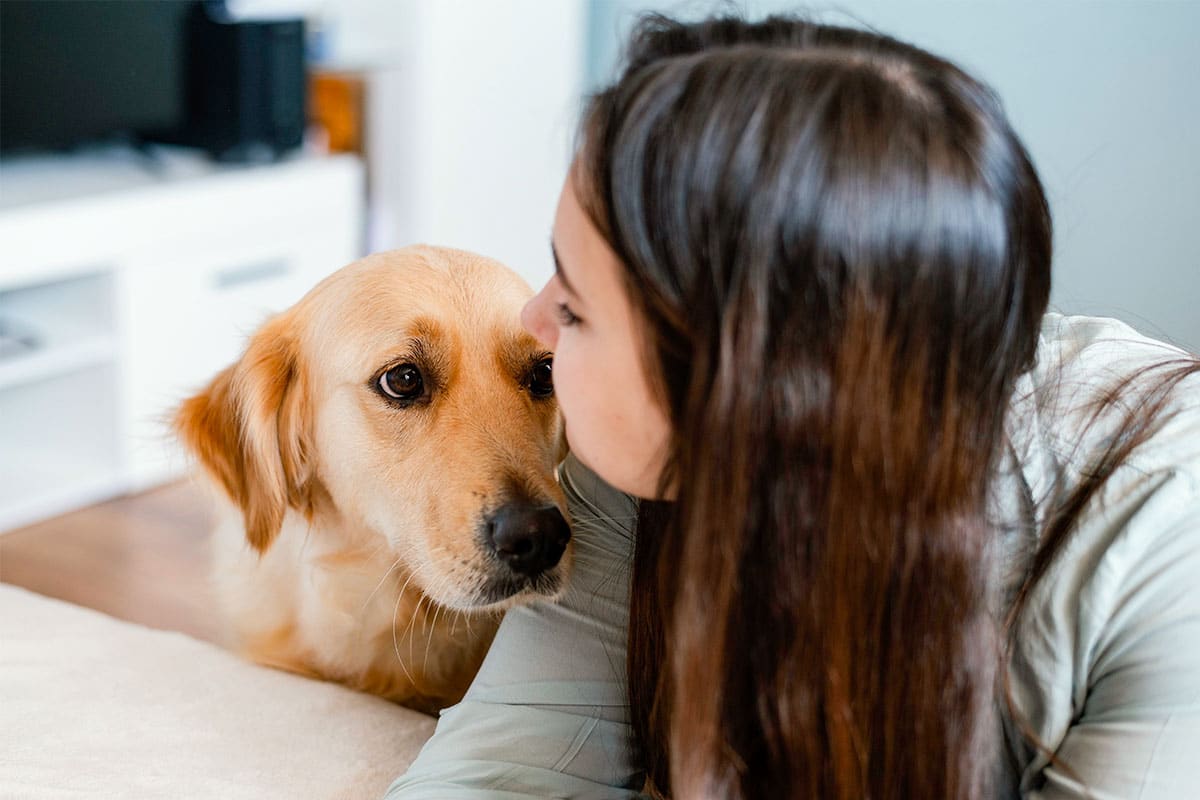





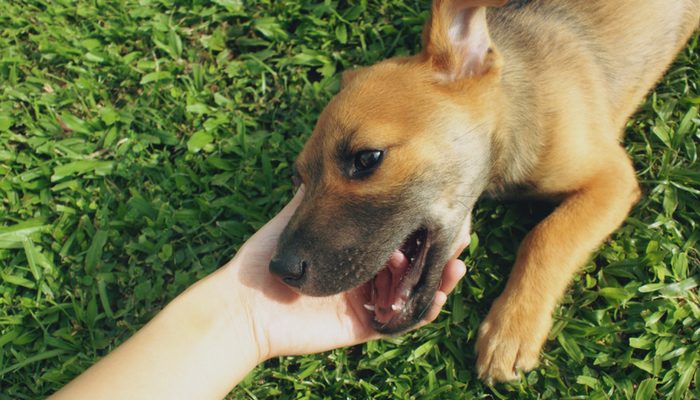







 English (US) ·
English (US) ·